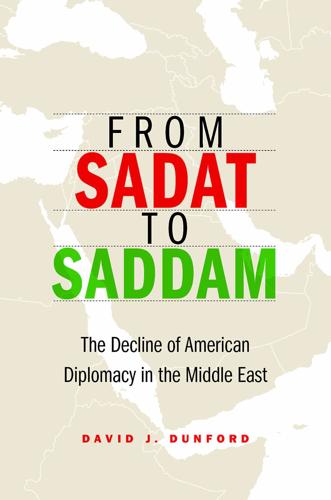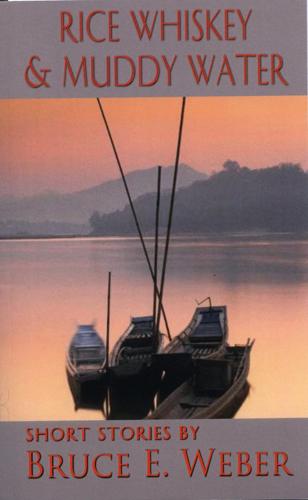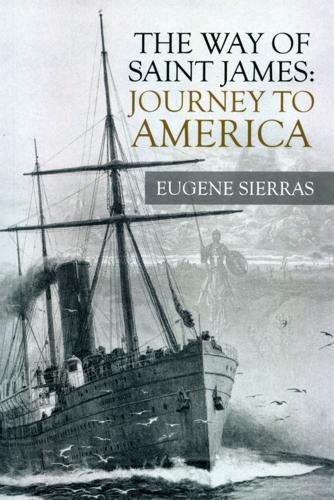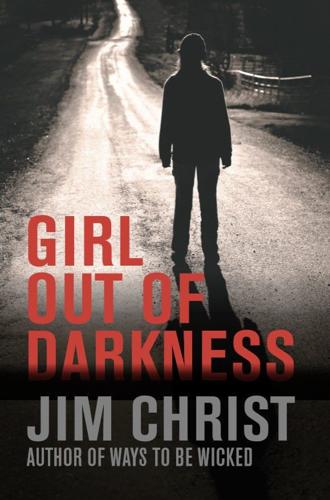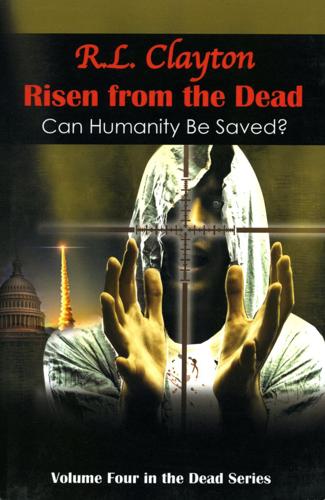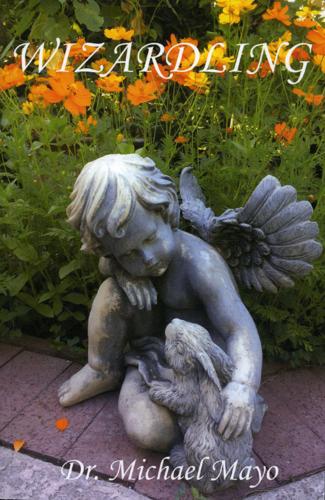“From Sadat to Saddam: The Decline of American Diplomacy in the Middle East” by David J. Dunford.
University of Nebraska Press. $29.95 hardcover, $27.16 Kindle.
In his new and beyond timely book, former Ambassador David J. Dunford gives credence to the disturbing message delivered by Ambassador Marie Yovanovitch at the recent impeachment hearings when she spoke of the “hollowing out” of the State Department. International diplomacy is in a decline, says Dunford: Critical diplomatic positions are left vacant or presented as rewards to inexperienced, ineffectual big-money political donors, and situations calling for diplomatic solutions negotiated by foreign service professionals are left to the military to resolve. The sorry state of American diplomacy has already cost us dearly and continues to imperil the nation, and in this eye-opening, highly readable account of his career in the Foreign Service, Dunford explains why. Far from delivering a partisan diatribe, the author is quick to point out that the problem didn’t begin with the current administration. Rather, the decline in American diplomacy has evolved over time, during the watch of administrations from both parties.
Dunford’s 30-year tenure as a foreign service professional in the Middle East began in 1981 in Cairo with the assassination of Anwar Sadat and ended with the withdrawal of combat troops from Iraq in 2011; during that time he was uniquely positioned to observe the damage, measured in endless wars and the loss of American security and prestige abroad, caused by bureaucrats doing end runs around professional diplomats. This is a smart and insightful book, and you don’t need a degree in international relations enjoy it. Dunford’s memoir is as much personal as it is professional and his recollections — from rescuing Barbara Bush from an overdose of incense at a presidential dinner in Saudi Arabia, to coping with the primitive conditions his team encountered when they were stationed in Saddam’s opulent but filthy palace — provide an engaging, and often surprising behind-the-scenes look at life in the trenches of the Foreign Service. Dunford, whose postings included U.S. ambassador to Oman and deputy ambassador to Saudi Arabia during the Gulf War, is a member of the governing board of the University of Arizona’s Center for Middle East Studies.
— Helene Woodhams
“Rice Whiskey & Muddy Water: Short Stories” by Bruce E. Weber.
Independently Published. $12.99; $3.99 Kindle.
What do our hearts desire? Longing for something we don’t have is the human condition, and some humans will stop at nothing to attain the unattainable. In this collection of a dozen short stories, Bruce E. Weber explores the different forms that cravings can take, across the universe and through time, and allows them to play out in often surprising ways. From unrequited love in the Mekong, to doughnuts to die for (and, maybe, kill for), and from a path to holy redemption in Central Park to a visceral desire for a really good plumber, Weber’s characters illustrate how we are more alike than we are different in our struggle to grab the brass ring. Interestingly, one story involves intelligent extraterrestrials (more intelligent than we are, at any rate) with a clear-eyed view of just how misguided earthlings can be. Weber, who lives and writes in Tucson, is the author of nine works of fiction. His next novel, “The Gates of Paradise,” will be released this year.
— Helene Woodhams
“The Way of Saint James: Journey to America” by Eugene Sierras.
Trafford Publishing. $34.99 hardcover, $20.99 paperback, $3.99 Kindle.
As a nation of immigrants, we’re aware that many of our forebears took circuitous paths on their way to this country. Few of us, however, know as much about our ancestors’ journeys as Tucsonan Eugene Sierras. Born in the United States, of Mexican descent, and raised as a Roman Catholic, Sierras was intrigued to learn that he had Jewish forebears. Curious to know more, he did some deep digging into the roots of his family tree and traced his Jewish ancestors to Spain. Filtering his findings through extensive research into the cultural and political climate of the time to understand their motivations for leaving home, Sierras discovered his ancestors would have been impacted by Spain’s expulsion of Jews, which clarified for him the paths that led two of his forefathers and their lines across continents over time to arrive, ultimately, in America. Despite rigorous research, Sierras was left with blank spaces where documentation simply didn’t exist, so he opted to relate his family’s story in the form of an historical novel, a flexible format that allowed him to demonstrate how historical events impact immigration. Sierras, a University of Arizona graduate and career naval officer, is retired from the Arizona Department of Public Safety.
— Helene Woodhams
“Arizona State Parks: A Guide to Amazing Places in the Grand Canyon State” by Roger Naylor.
University of New Mexico Press. $21.95 paperback; $9.99 e-book.
There’s exuberance in this guidebook by travel writer and hiker Roger Naylor that reminds you of that bright-eyed neighbor kid, hopping from foot to foot outside your door, calling for you to come out and play. Naylor covers the 35 state parks and natural areas in Arizona. He provides essential guidebook information for them all — closest towns, history, natural attractions, nearby attractions, amenities, recreational opportunities, entrance fees; camping, RV, picnicking facilities — all enlivened by personal anecdotes and observations. His style is sometimes storytelling (“I watched a young ram plunge to his death. ...Or that’s what it seemed”), at times a little corny (the boojam tree is “an upside-down parsnip in need of a shave”); always appreciative, and at times awed (“It feels like walking into the chambers of a beating heart”; “Standing there in the shadows, I felt like I was part of a cosmic patience.”). This book has photos, it has maps, it has information, and it has personality. The best Arizona hiking-, birding-, camping-, and wildflower-viewing season is coming up soon; we should all pick up Naylor’s book and get out and play.
— Christine Wald-Hopkins
“Girl out of Darkness” by Jim Christ.
Joseph and Associates, Publisher. $12.
As we saw in his last novel, “Ways to be Wicked,” former Tucson educator Jim Christ knows his way around kids’ psyches. In “Girl out of Darkness,” he nails the good but impressionable, the bad but salvageable, and the flat-out chillingly evil that exists in human nature, but most shockingly so among adolescents. Set in 1984 Southern Arizona — between a rural community south of town and the same south side Tucson high school, Polk, in which “Ways to be Wicked” was set — it features a brutal murder and its impact on community, but also explores generational difference, gender issues, and parent-child relations. It opens with a couple of kids finding a woman’s body in a wash, apparently fallen from her balcony 30 feet above.
When sheriffs arrive on the scene, they quickly suspect murder, not accident, and home in on the philandering husband. There’s more nefarious behavior in that family than simple canoodling with secretaries, however, and law enforcement needs to act quickly as the real murderer plans some lethal cover-up.
— Christine Wald-Hopkins
“Risen from the Dead” by R.L. Clayton.
R. Clayton International Enterprise, Inc. $15.99; $3.99 e-book.
This fourth in “The Dead” series by Tucsonan R.L. Clayton opens with devout 12-year-old Mohammed al Jar offering himself up as a bio-weapon: he infects himself with blood contaminated with a deadly virus, thinking he’s part of a worldwide crusade to please Allah. Turns out he’s just been duped by a corrupt U.S. military industrial complex scheming to foment religious dissension and international warfare for profit. Mohammed thwarts the scheme by turning himself in to U.S. authorities.
The virus is contained, but he dies. Allah, however — as a more universally manifested God — resurrects him to carry a message of love and peace to the world. Love and peace is the last thing the military industrial complex wants, it continues to pursue its objectives. Undercover ops Kiki (a deadly sniper) and her husband Nick (guilt-ridden physician interrogator) are called upon to take it down. The skills of both Kiki and Nick are needed to neutralize the threat, but they prove toxic to their marriage. The superhuman evil presence, by the way, from previous “Dead” books (The Director) meets a challenge in the resurrected kid Mohammed al Jar.
— Christine Wald-Hopkins
“Wizardling” by Michael Mayo.
Queens Army LLC. $19.95.
This book by Tucson dentist Michael Mayo opens with this line: “‘Wizardling’ is the story of Dr. Mayo’s transformation from a sorcerer to a wizard.” It’s his third recent text featuring communication with non-human beings. “The Source,” this book’s non-human being, leads the speaker’s transformation to wizard. The difference, he explains, between a sorcerer and a wizard is that while a sorcerer has survived a leap into a metaphysical abyss, a wizard has passed “over the abyss as a dis-embodied point of awareness.” In this book (“Dr. Mayo has experienced all these adventures,” he writes), the speaker gets his wizard’s robes, is protected by an elf and a giant, and encounters fairies and temptresses and an Ancient Mariner in an active-dreaming, rapidly shifting, almost incoherent narrative.
— Christine Wald-Hopkins


